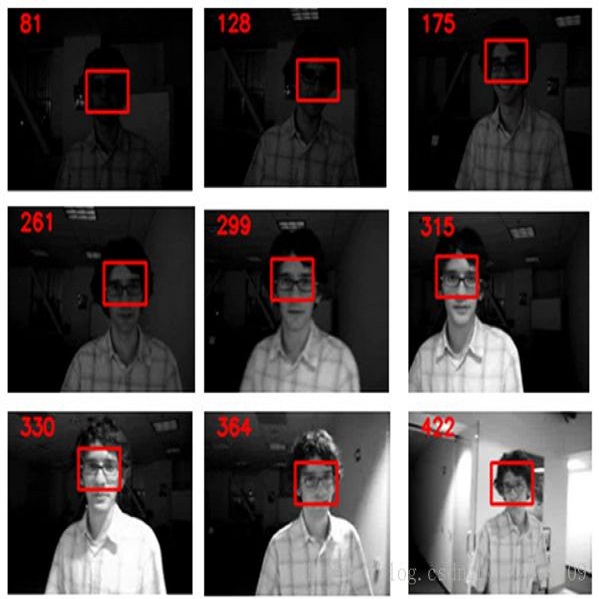Multi-object tracking (MOT) is an important problem in computer vision which has a wide range of applications. Formulating MOT as multi-task learning of object detection and re-ID in a single network is appealing since it allows joint optimization of the two tasks and enjoys high computation efficiency. However, we find that the two tasks tend to compete with each other which need to be carefully addressed. In particular, previous works usually treat re-ID as a secondary task whose accuracy is heavily affected by the primary detection task. As a result, the network is biased to the primary detection task which is not fair to the re-ID task. To solve the problem, we present a simple yet effective approach termed as FairMOT based on the anchor-free object detection architecture CenterNet. Note that it is not a naive combination of CenterNet and re-ID. Instead, we present a bunch of detailed designs which are critical to achieve good tracking results by thorough empirical studies. The resulting approach achieves high accuracy for both detection and tracking. The approach outperforms the state-of-the-art methods by a large margin on several public datasets. The source code and pre-trained models are released at https://github.com/ifzhang/FairMOT.
翻译:多目标跟踪(MOT)是计算机视野中的一个重要问题,它具有广泛的应用范围。将MOT作为多任务学习物体探测和在单一网络中重新识别的多任务来配制,具有吸引力,因为它可以使这两项任务联合优化,并具有很高的计算效率。然而,我们发现,这两项任务往往相互竞争,需要仔细处理。特别是,以往的工作通常把重新识别作为次要任务处理,其准确性受到主要探测任务严重影响。因此,网络偏向于主要探测任务,而这对再识别任务不公平。为了解决问题,我们提出了一个简单而有效的方法,称为FairMOT,以无锚物体探测结构中心网络为基础。注意,这不是CentralNet和再识别的天性组合。相反,我们提出了一系列详细的设计,这些设计对于通过彻底的经验研究实现良好的跟踪结果至关重要。由此形成的方法在探测和跟踪两方面都具有高度的准确性。该方法在一些公共数据集上大大超越了状态-艺术方法。为了解决问题,我们提出了一个简单的方法。源代码和预培训模型在几个公共数据集上是释放的。http源代码/readrabir/forif。




